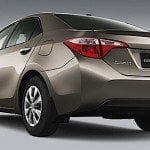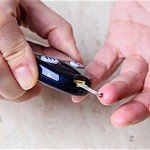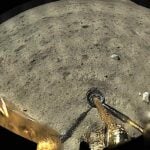After giving us a sneak preview of their plans back in May 2021 through a Youtube teaser video [1, and see embeded video], General Motors and Lockheed Martin have announced their partnership to design and produce autonomous electric moon rover vehicles for future commercial space missions.
Last year’s announcement was made as part of a collaboration with NASA to provide support for their next-generation Artemis lunar expeditions.

This latest announcement opens the door to potential contracts with some of the billionaire space entrepreneurs and their space tourism endeavors, such as Elon Musk’s SpaceX, Sir Richard Branson’s Virgin Galactic, and Jeff Bezos’ Blue Origin.
The Artemis missions
According to NASA’s mission plans, these missions aim to bring the focus back to lunar exploration, inspire a new generation of budding space explorers, and put astronauts back on the surface of the moon as early as 2024.
Building on the successes of the Apollo missions 50 years ago, Artemis will enable sustainable exploration of the moon.
And looking beyond the moon, the missions will provide critical experience, technology, and crucial data needed to prepare for the agency’s future goals of human exploration of Mars. [2]
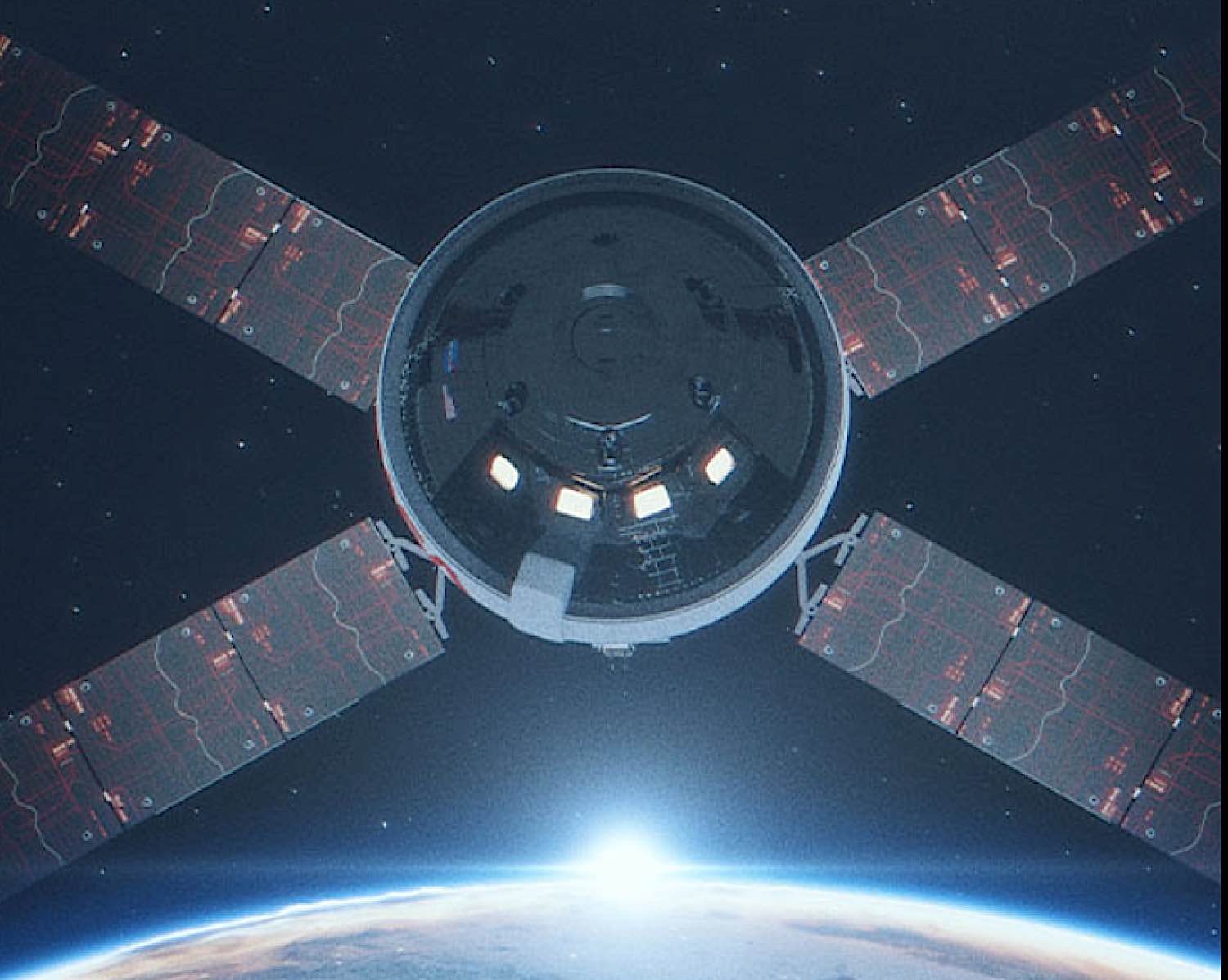
Using Orion spacecraft, launched from Earth by the powerful Space Launch System (SLS), there are plans for three separate Artemis missions.
- Artemis I will be an uncrewed mission, testing the integrated system to ensure it’s ready to carry astronauts.
- Artemis II will be the first crewed mission to enter the lunar environment, flying around the moon without landing on the surface.
- Artemis III will land the first humans to set foot on the moon since the Apollo 17 mission in 1972.
- The Artemis III mission will be the first step in establishing an Artemis Base Camp on the moon.
The Artemis III mission camp, fully equipped with communications, power, radiation shielding, and storage, will give astronauts a place to work as well as a place to live on the moon.
Once Artemis has reached the moon, this is where the new GM-Lockheed lunar rovers come in.
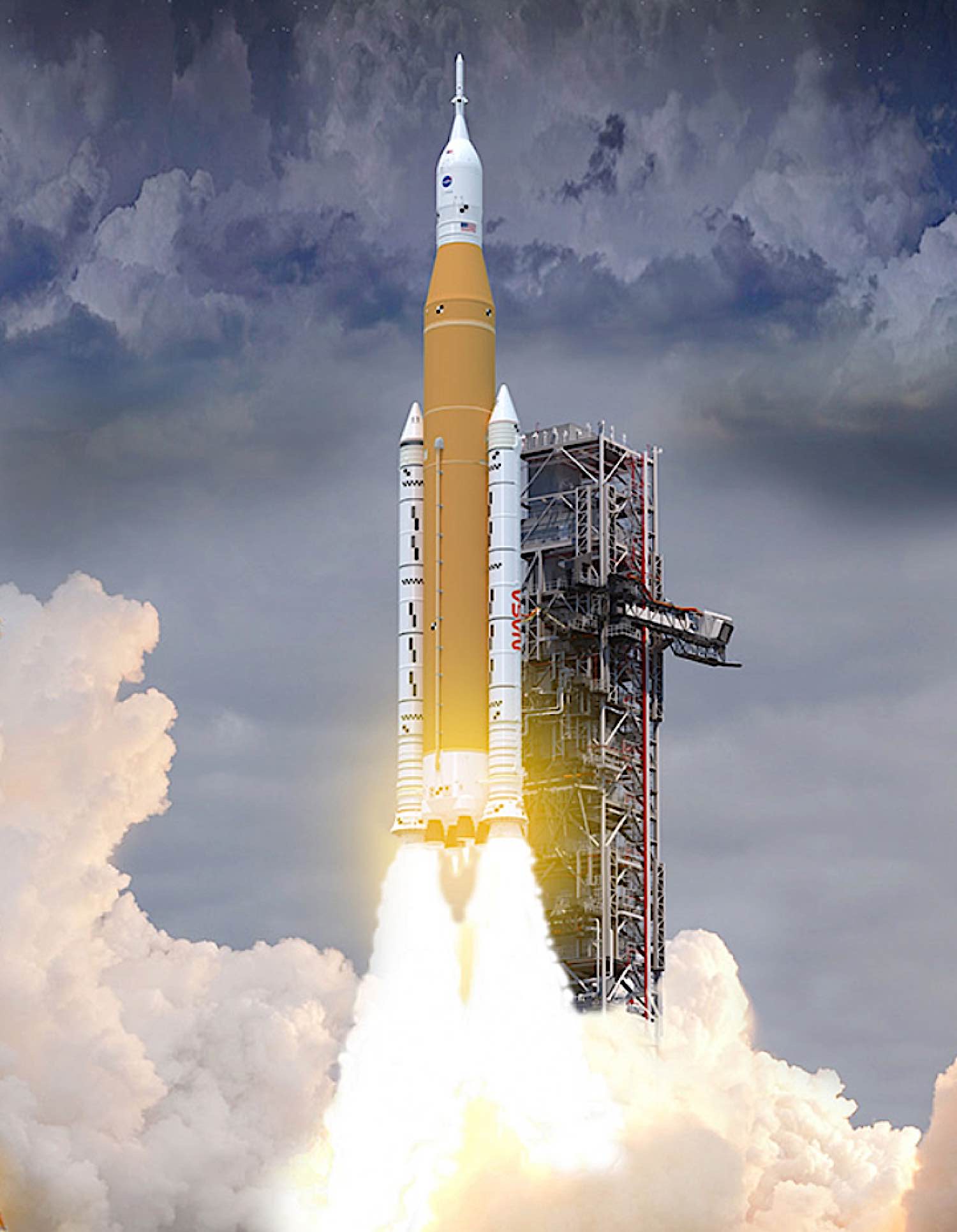
The surface of the moon
Today, only 5% of the lunar surface has been explored, and the NASA astronauts are going to need dependable surface transportation to access more of it. [3]
The new rovers are being designed for greater range, mobility, and payload capacity than any previous moon rover. This will allow them to transport astronauts and their gear across the lunar surface as they conduct science experiments and search for resources.
As well as being able to cover long distances, the rovers will also have to handle harsh conditions.
They will need to be able to operate in the extreme temperatures of the lunar day (up to 260ºF) and night (-280ºF), both lasting nearly two weeks each.
They will also need to withstand the hazardous environment, with high radiation levels, low gravity, and rugged terrain.
This is where the GM-Lockheed partnership comes in to bring together the experience of these two companies.
Why the moon? This video from NASA explains the reason for the missions:
General Motors- Lockheed Martin partnership
The partnership between General Motors and Lockheed Martin could be the first step by the two companies to develop next-generation space exploration technologies.
Lockheed Martin has a long history of collaborating with NASA. They bring decades of experience building spacecraft capable of withstanding the harsh conditions of space while being light and, most importantly, reliable.
General Motors, on the other hand, has decades of experience designing vehicles for both on and off-road environments, together with extensive knowledge of electric vehicles.
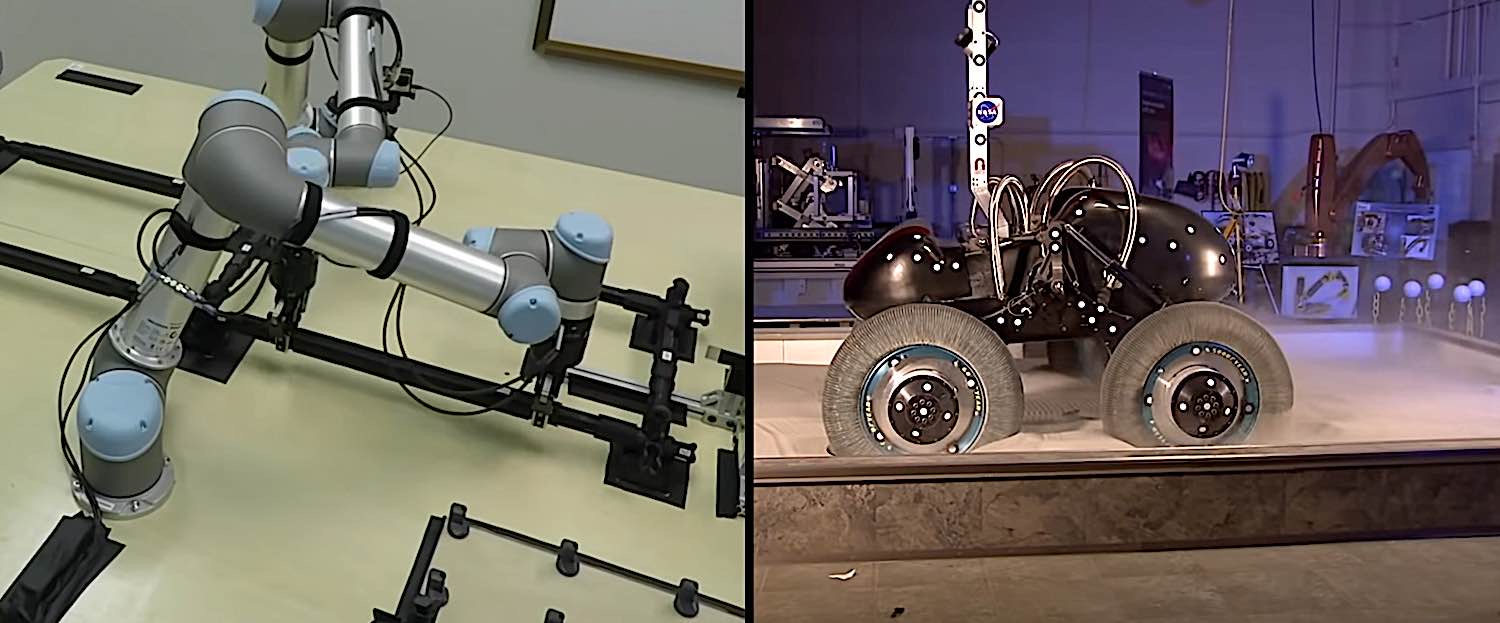
Rover technology
Being electric vehicles, the batteries are essential to ensure the rovers can operate for long periods of time.
For this reason, the team has leveraged GM’s Ultium technology, also used in the electric Hummer.
GM is not only borrowing the Hummer’s battery but also leveraging its system controls, battery management, and torque management in the design of the new rover.
The new electric lunar rover will deliver the following characteristics:
- the ability to operate both autonomously or with astronauts driving.
- the capacity to survive over a decade on the moon’s surface to enable continuous research.
- a top speed of roughly 12mph, more than double that of the old Apollo rovers.
To ensure that the rover can survive and function in the extreme lunar environment, the team is testing the rover in a new state-of-the-art simulator at its testing facilities.
In this testing lab, the manufacturers are able to simulate gravity and other conditions of the moon’s surface while remaining on Earth.
Beyond the lab, General Motors has also announced the creation of a series of partnerships to allow it to test the Ultium battery technology, at the core of the rover’s design, on other forms of transport, such as trains or boats.

The rover race to space
With more and more tech companies having their eye on the prize, the new GM-Lockheed rover is just one example of the new breed of space exploration vehicles that will take us even further into the unknown.
The AstroLab startup recently revealed its design for the Flexible Logistics and Exploration (FLEX) moon buggy. With the capacity to carry a 3,300-pound payload, the FLEX can also carry two astronauts on board, or it can be driven via remote control.
Japanese firm GITAI in collaboration with JAXA has also unveiled plans for a rover called R1. Unlike the FLEX and the GM-Lockheed rover, the R1 would not have the capacity to carry people, but rather, it would substitute them with robotic labor.
The robot, shaped much like a mythical centaur, would be capable of performing human-like tasks such as using tools or collecting soil samples. [5]
With space exploration becoming more popular, and thanks to the advances in technology over these past fifty years, what’s clear is that the moon is no longer the only destination.
The new era of space exploration is only just beginning.
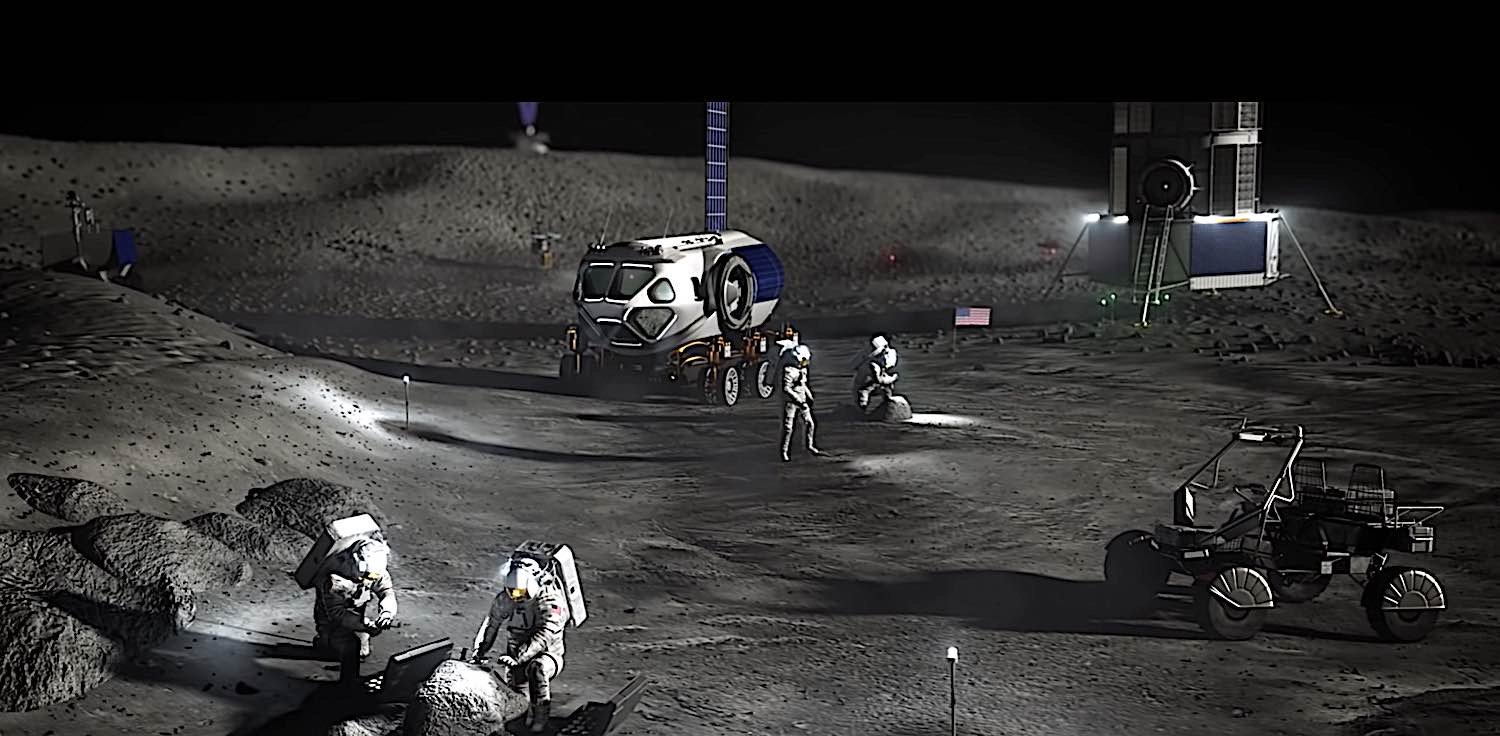
Notes
[1] Youtube teaser video (embedded in the feature)
[2]: https://www.nasa.gov/specials/artemis/
[3]: https://www.lockheedmartin.com/en-us/news/features/2021/lunar-terrain-vehicle.html
[4]: https://interestingengineering.com/gm-and-lockheed-martin-electric-moon-rovers
[5]: https://www.inceptivemind.com/gitai-tests-lunar-robotic-rover-r1-simulated-lunar-environment/23325/



